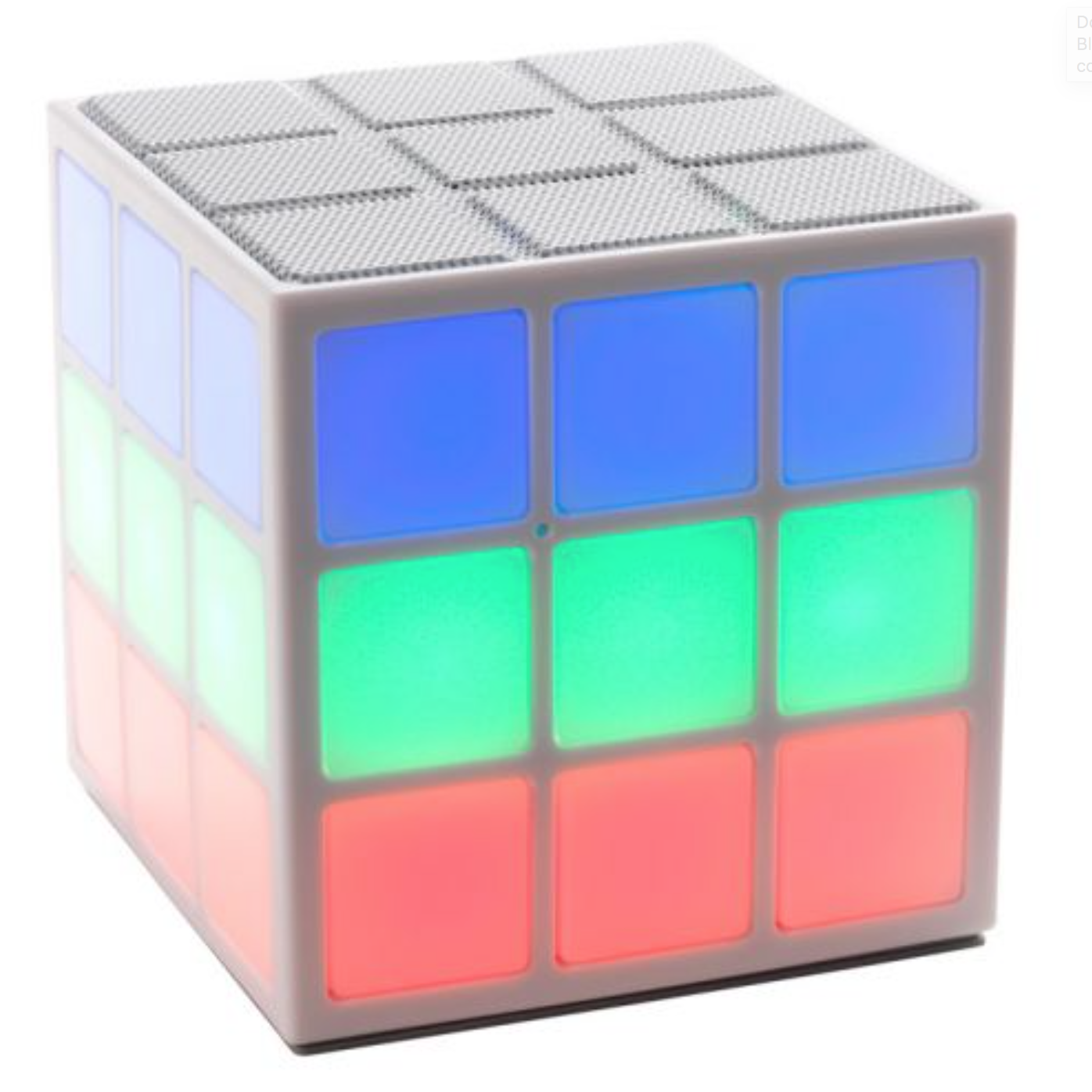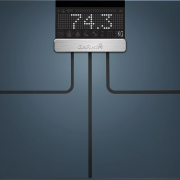Does the Rubik’s Cube really need to be Bluetooth? Inclusive design and the future of connected devices
Robin Christopherson | 02 Jul 2018From earbuds to adult toys, should even the Rubik’s Cube now be Bluetooth? Some of these products and devices are gimmicks and some are game-changers – but smarter devices mean more inclusion when it comes to people with disabilities.

With connectivity comes choice
Bluetooth connectivity is cheap and commonplace. Here’s an article explaining that even the smash hit Rubik's Cube from the 80s might now get Bluetooth connectivity. Firmly in the ‘gimmick’ camp, this version of the classic cube puzzle would enable your smartphone to know the exact orientation of its faces at any time and could coach you to the final solution. Cool, but not life-changing.
The bigger picture is that Bluetooth (or indeed wireless connectivity of all flavours - and there are a few different types out there), is able to provide alternative ways of interacting with gadgets and appliances. And, choice is what it’s all about when it comes to inclusive design. Can’t see the fiddly buttons or tiny screen on your thermostat or the cryptic symbols on your dishwasher? Let the larger screen of a tablet or smartphone help by becoming an easy-to-use remote control.
For older people, or those with a disability, the ability to make semi-smart devices (such as thermostats, microwaves, bathroom scales - pictured, blood pressure or glucose monitors) more inclusive is not insignificant. We are increasingly able to connect such devices (via Wi-Fi or Bluetooth) to our smartphone. This can mean a larger display of a device that would otherwise be difficult to see; or the voicebox of a device that would otherwise be mute; or the remote control of a device that would otherwise be too fiddly to use.
 Users are already demanding to be able to control the heating in their home from the comfort of their bed using an app on their phone. They want to be able to track their weight, heart rate or blood pressure over days and weeks and again it’s an app that does this and thus connectivity is required. It won’t be disabled people or the elderly that will be driving this agenda, but these communities will be benefiting from it disproportionately if a little bit of good practice in inclusive design is observed along the way.
Users are already demanding to be able to control the heating in their home from the comfort of their bed using an app on their phone. They want to be able to track their weight, heart rate or blood pressure over days and weeks and again it’s an app that does this and thus connectivity is required. It won’t be disabled people or the elderly that will be driving this agenda, but these communities will be benefiting from it disproportionately if a little bit of good practice in inclusive design is observed along the way.
Speech or screen – the choice is yours
Does all this mean that a smartphone or tablet are essential possessions for older or disabled users in order to feel included in a digital future? Not necessarily – but there’s no doubt that they are becoming more useful, affordable and smarter every day. Though simpler than a computer, there’s still a considerable learning curve and that might not be for everyone.
Enter the voice assistant. We’ve had the likes of Siri and the Google Assistant in our phones for several years, but smart speakers like the Amazon Echo are increasingly providing an even simpler alternative to the smartphone or tablet. I’ve written several articles on the versatile power of the voice assistant, so I won’t revisit the topic here. Suffice to say that, in the house at least, we now have an even easier way of connecting to all our Bluetooth and wireless devices and controlling them with intuitive voice commands. As a blind person who is a power user when it comes to IT, but a complete novice when it comes to less inclusive devices, I can now say “Start a hot wash”, “Record Blue Planet” and “Turn the heat up and lower the lights”. Three cheers for a more connected, more inclusive, future.
A shout out for low-tech
I’ll finish off with a quick shout out for low-tech solutions. Having a hi-tech way of wirelessly interfacing with devices is indeed a game-changer in many cases. When it comes to getting cash out, for example, I long for the day when I can use the speech on my phone to interface with the ATM rather than relying on the honesty of complete strangers to choose options on my behalf and not then run off with my money. But sometimes, the simple low-tech option works just as well.
For example, for blind people, putting a couple of self-adhesive rubber bumps (available in packs for a few pence each) at the points around the washing machine dial that represent a hot and colour wash is an elegant solution. Similarly, putting an elastic band around the conditioner bottle to distinguish it from shampoo works a treat. There are hi-tech AI solutions that work as well, but let’s not forget simple adaptations along the way. An elastic band never needs charging after all, and a humble rubber bump still works when the wi-fi’s down…
Robin Christopherson is head of digital inclusion at AbilityNet. He blogs regularly here.



